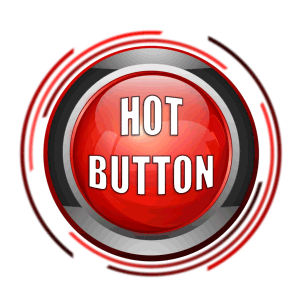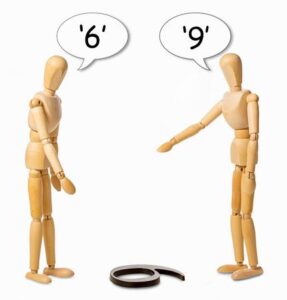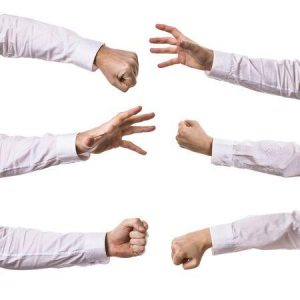Cooling Hot Buttons
Conflict pushes our emotions in many directions.
“Anger” is, after all, just one letter away from “Danger”. Leaders, who are in control and professional, often reflect on their responses before, during and after conflict.
The phrases below represent comments from coaching sessions in which people lost control and used destructive behaviors during conflict at work.
“I was so mad. I was seeing red.”
“I couldn’t take it anymore and blew up.”
“S/he really knows which buttons to push.”
“I went over the edge with anger and just lost it.”
The Conflict Dynamics Profile (CDP) is a tool that gauges hot buttons, as well as, constructive and destructive responses to conflict.



